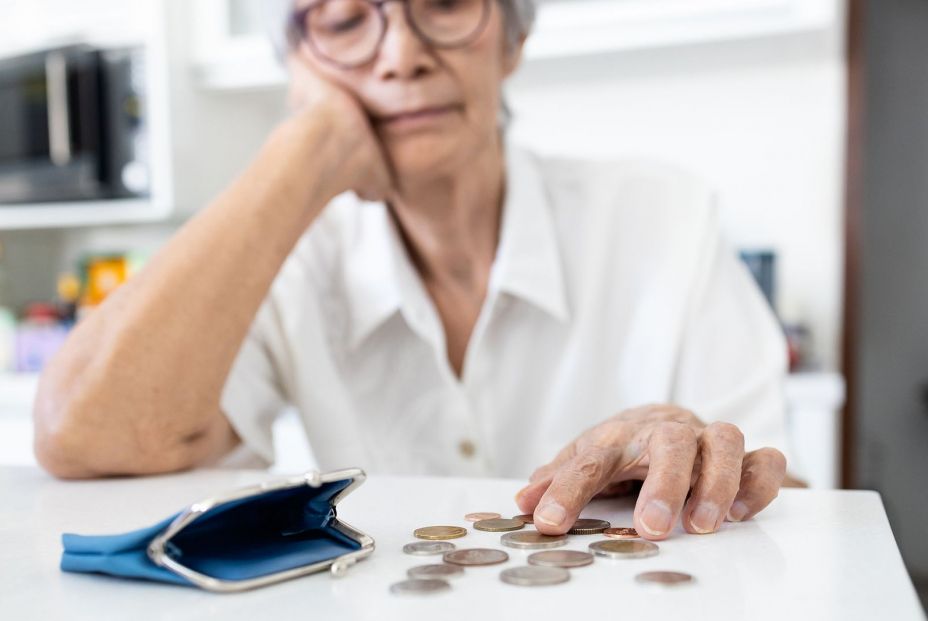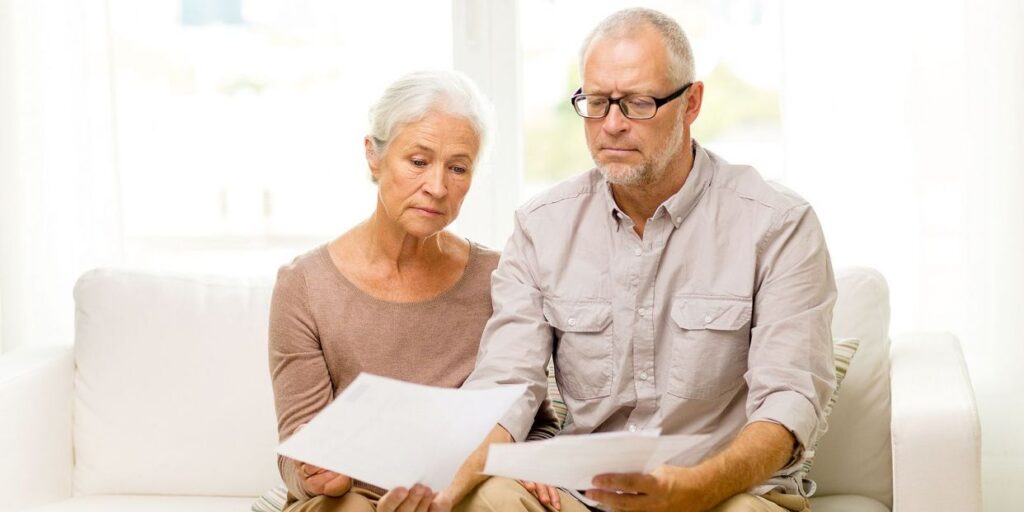A 28% of retirees in Spain can’t save anything at the end of the month, even though the average retirement pension has grown by 4.4% compared to the previous year, reaching 1,500 euros per month, according to data from the IV Cofidis Observatory of Sustainable Economy at Home.
The data, presented within the framework of the World Day of Older Personsshows that 36% of retirees save less than 10% of your income and 31% save between 10% and 30%. According to the Observatory, only 6% of this group manages to exceed 30% monthly savings.
Likewise, the credit lending entity highlights that the problems of saving are “very present” despite the fact that the majority of people over 65 years of age share a home. Specifically, 59% live with their partneronly 11% with their partner and children and so only 17% live alone.
On the other hand, the Cofidis Observatory shows that the financial support to third parties is “limited” —something that for the entity should facilitate the daily lives of these people—, since seven out of ten retirees do not help third parties financially, while 23% help their children, 4% other family members and 2% help close non-family members.

Greater asset stability
With regard to unforeseen expenses, the response capacity “improves compared to younger groups”, since 64% of older people would cover an expense of 10,000 euros with their savings and even 80% of them could face 5,000 euros of unforeseen expenses.
Furthermore, compared to smaller amounts, the solvency capacity “is accentuated”, with 94% of older people being able to pay an expense of 100 euros solely with their income.
On the other hand, Cofidis highlights that 76% of retirees own their home and lives without a mortgage or loans, so Only 5% of those over 65 years of age could be classified as lower class.
In this line, a 50% of them belong to the middle class31% identify as lower-middle class, 12% as upper-middle class and 2% as upper class.
“The data show that the older population has a stronger financial foundation than other groups, especially thanks to the high rate of home ownership and the stability offered by the pension system. However, important challenges persist in terms of savings capacity and management of unforeseen events, which requires us to continue reinforcing policies that ensure the sustainability of their long-term economic well-being,” said the director of Digital Business and Marketing at Cofidis, Joachim Rolland.
When comparing the situations between young and old in Spain, the Observatory identifies an “obvious difference”, in that almost half of those under 31 still live with their parents and more than 38% of the emancipated require external support, evidencing “the great difficulties in day-to-day life”, while the majority of seniors have their own home and only 5% are in the lower class.
In turn, in front of the 42% of young people who could not afford an expense of 10,000 euros64% of seniors would cover it with their savings. “These contrasts show how the asset and income stability places older people in a more solid position, although economic limitations persist in both groups,” says Cofidis.


